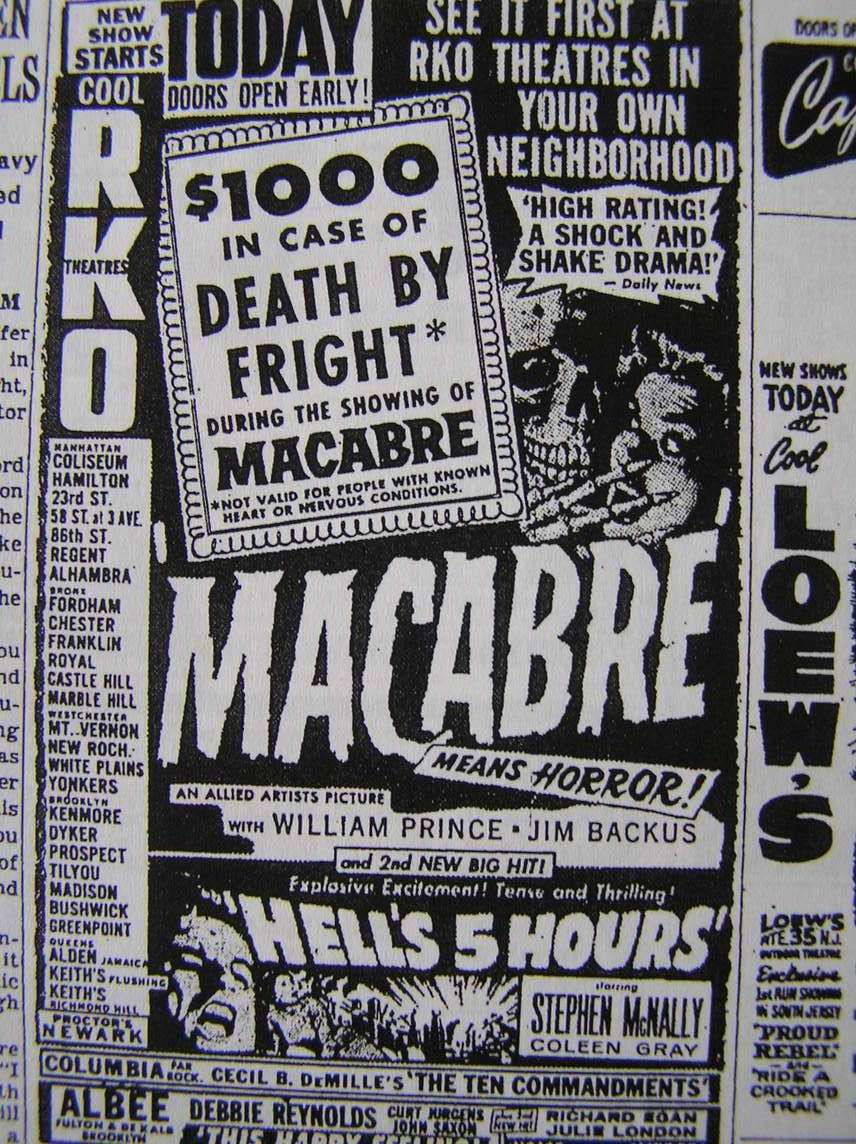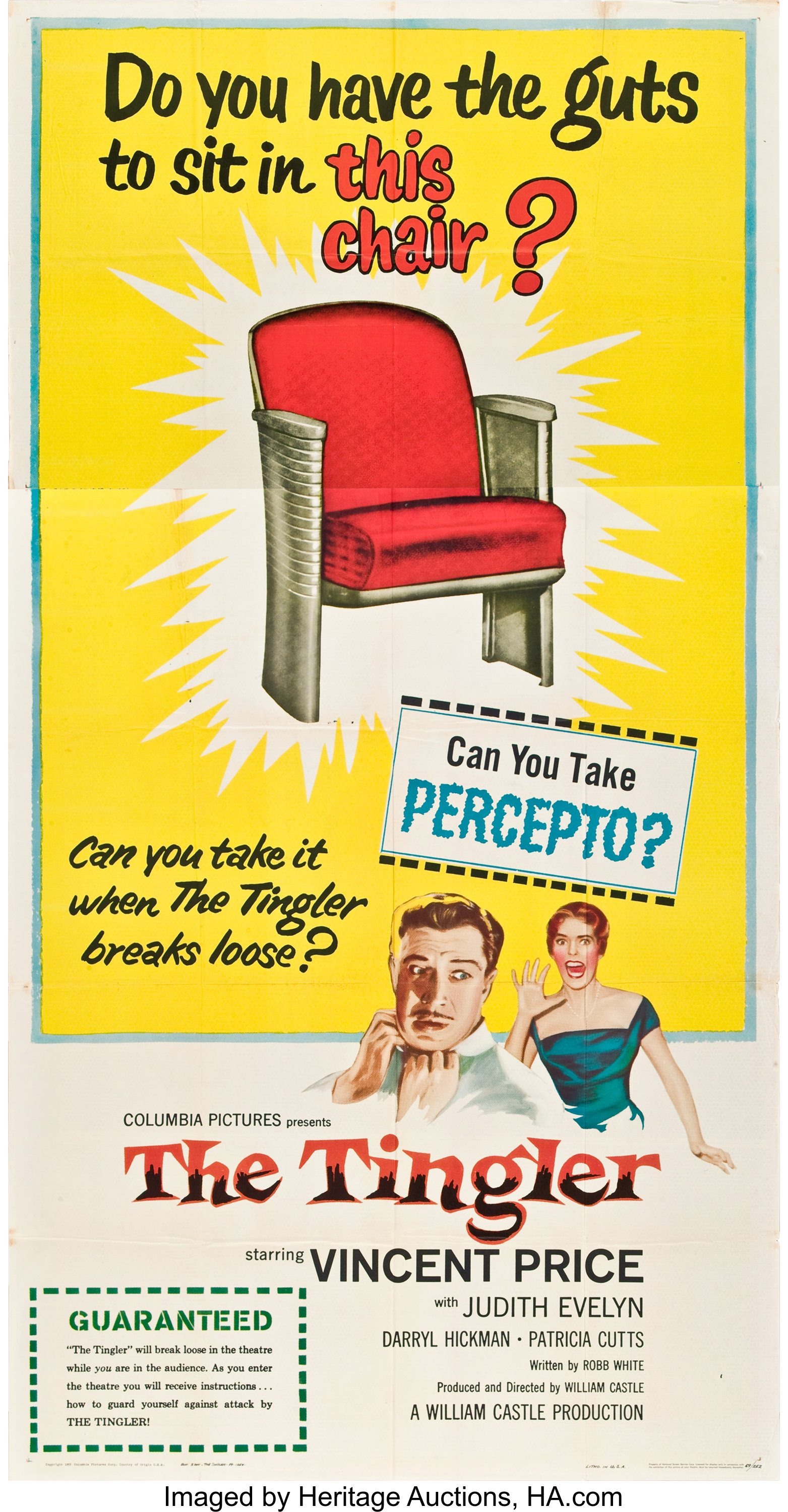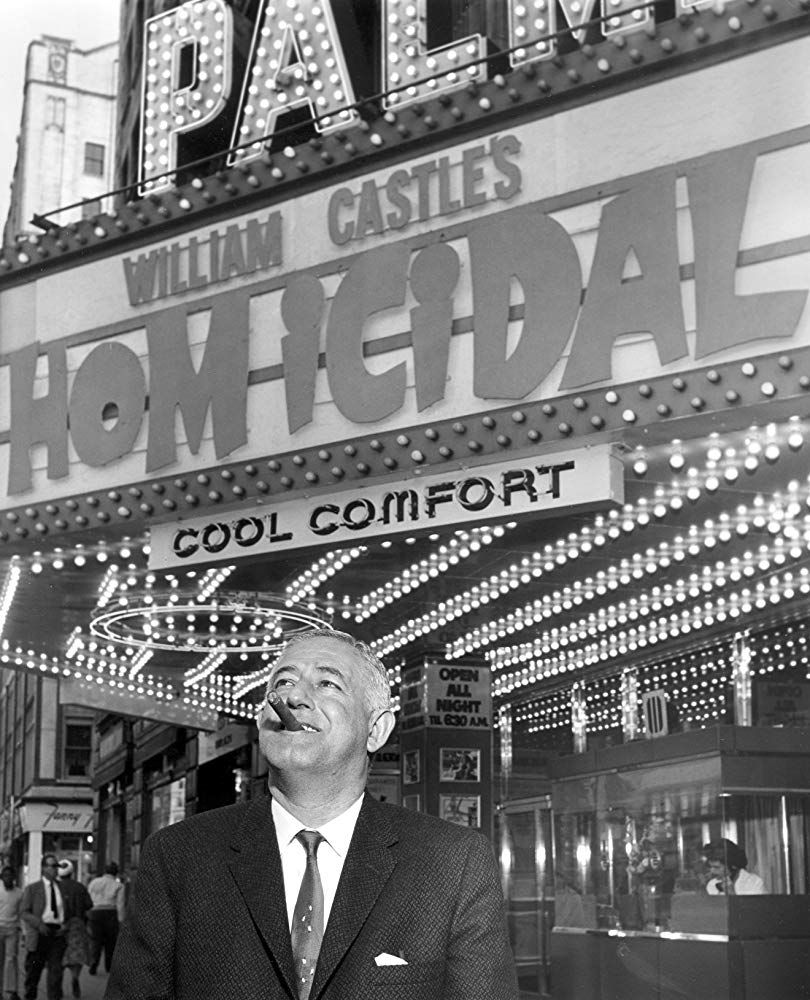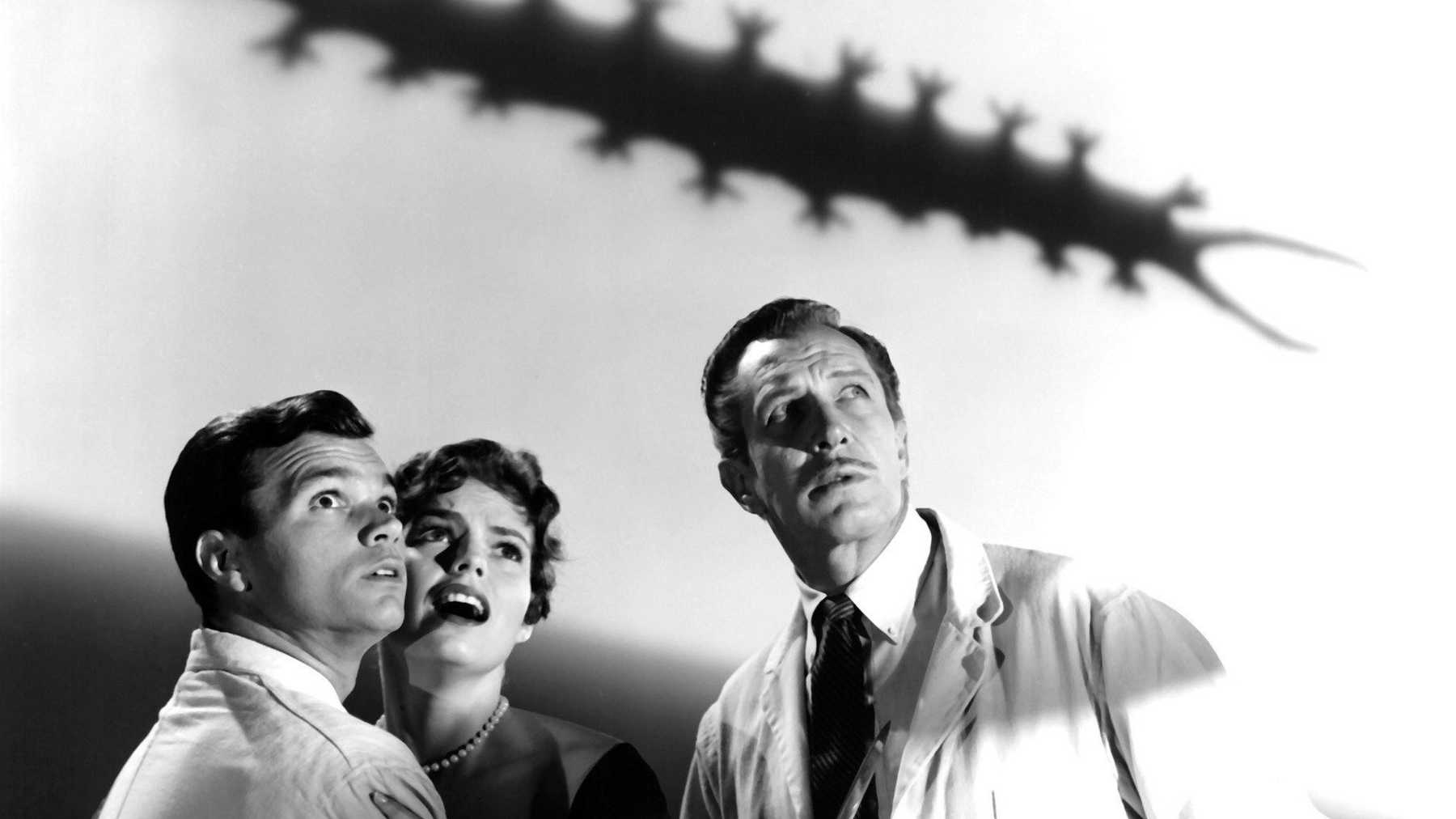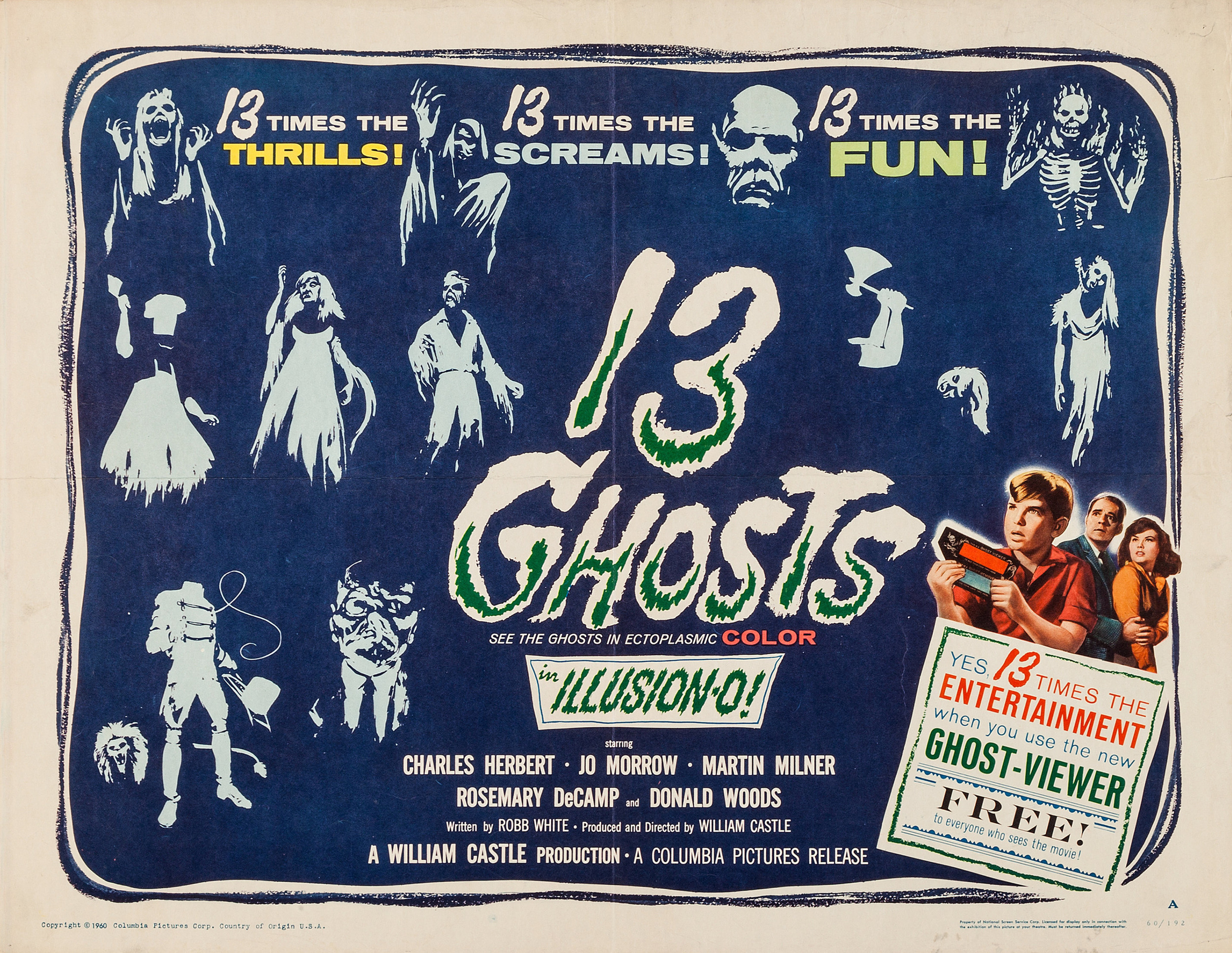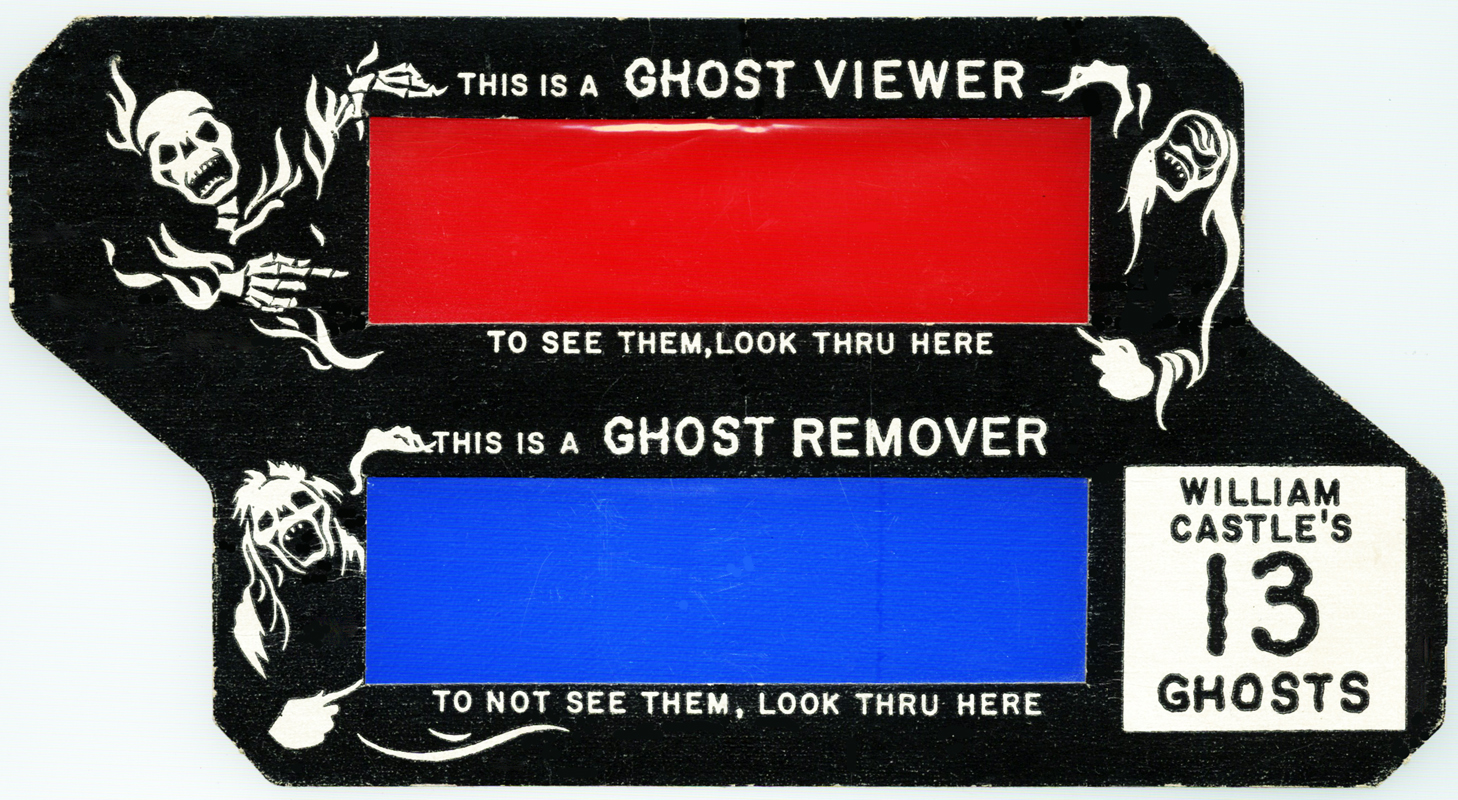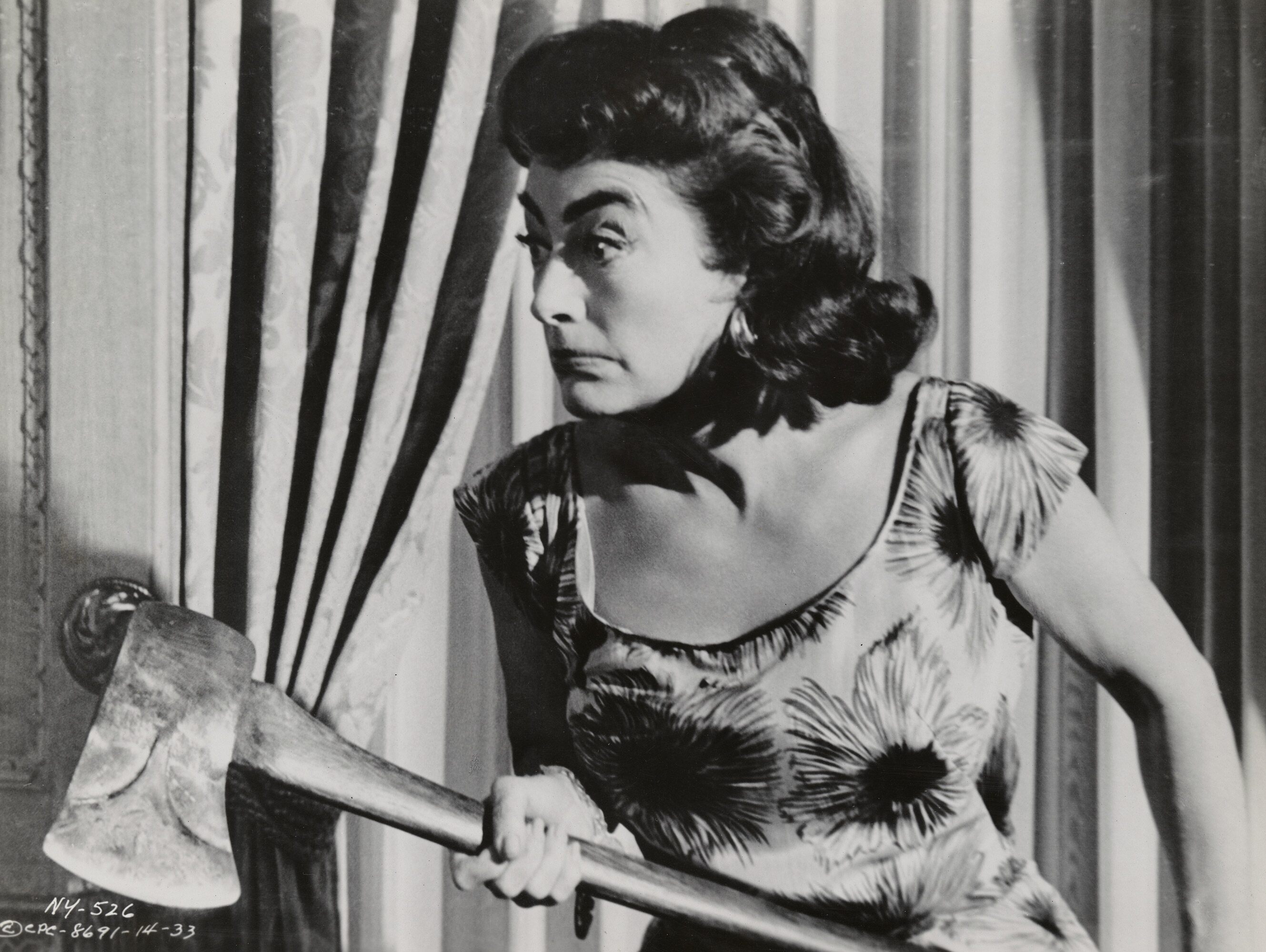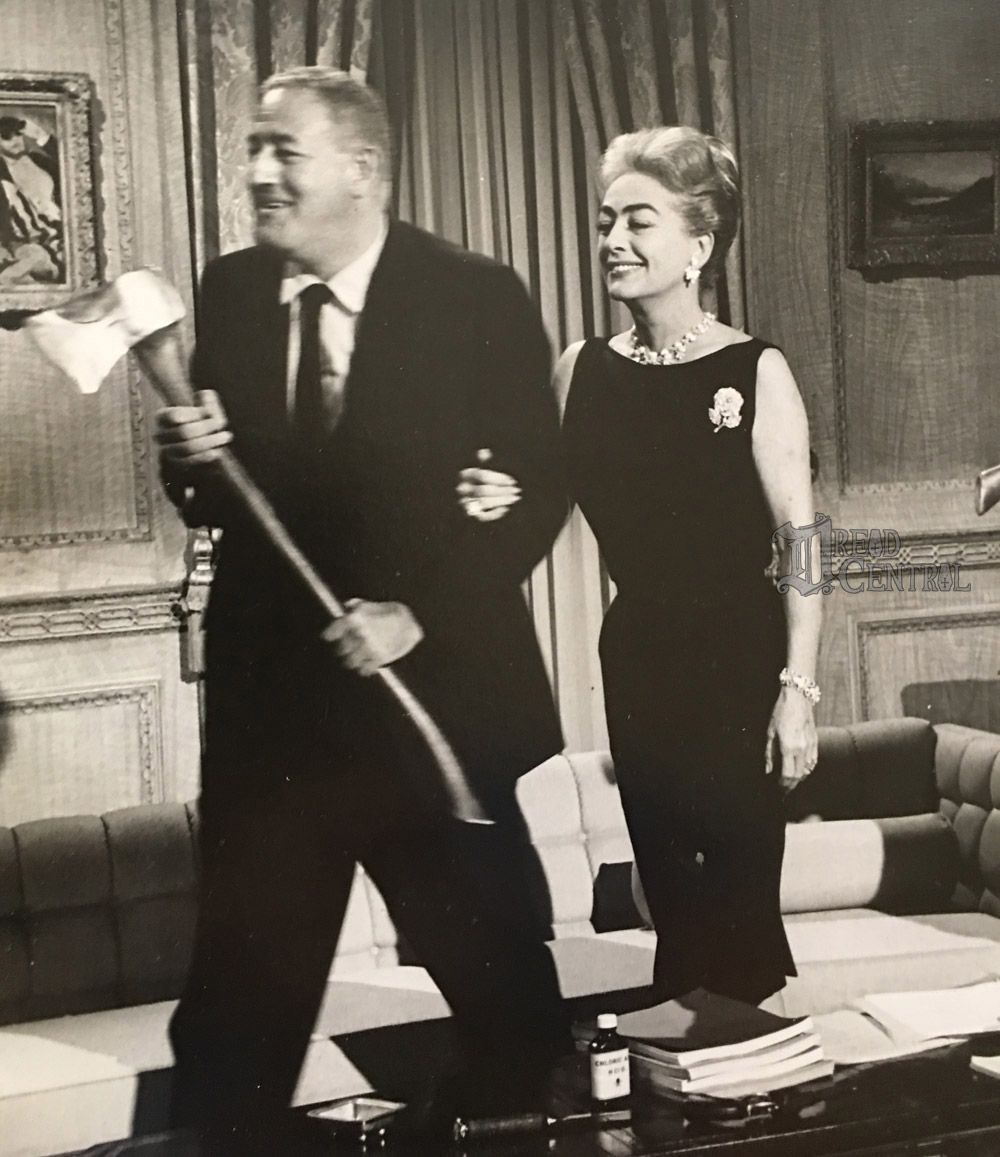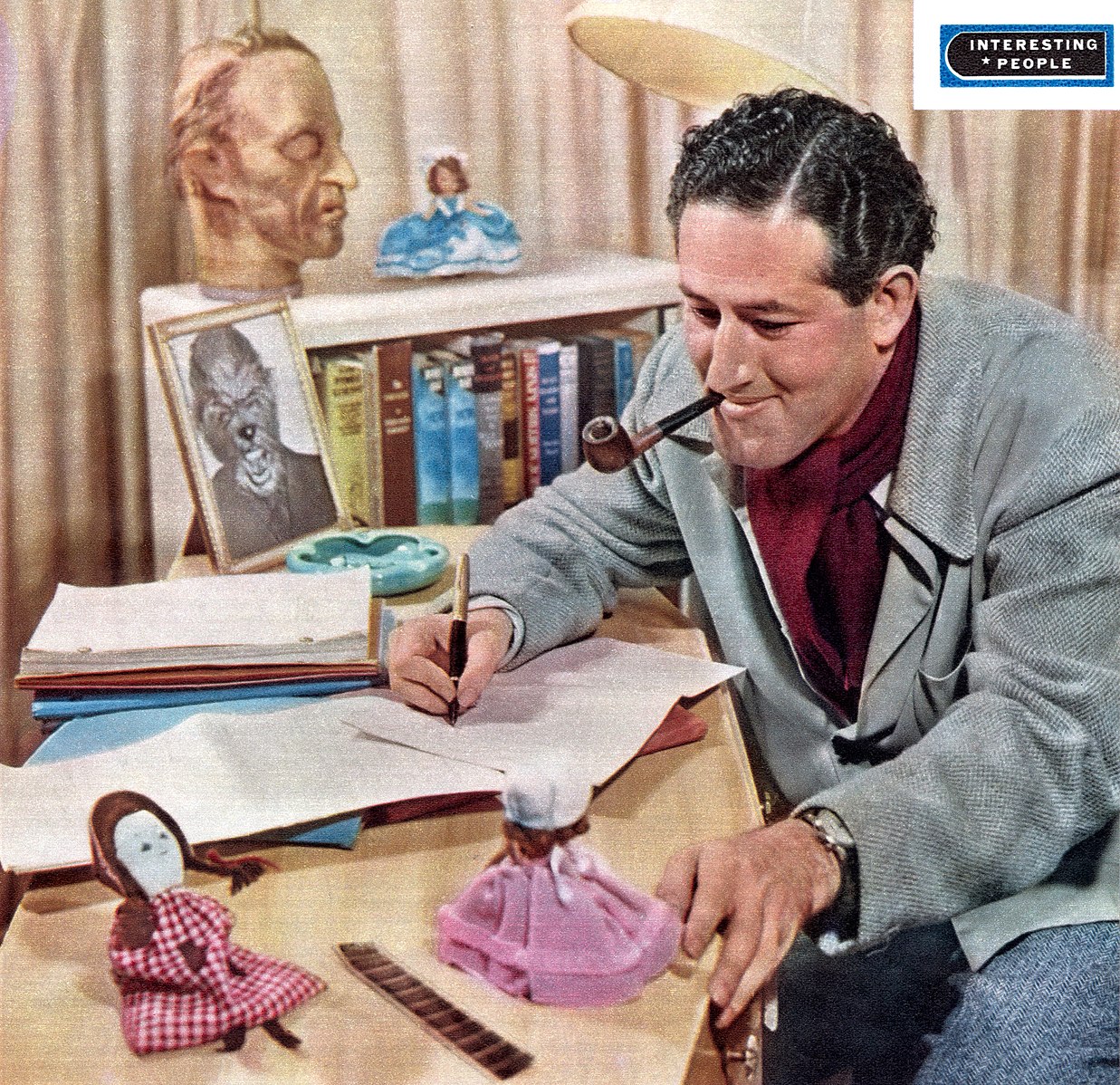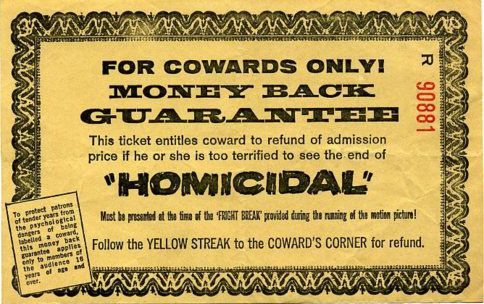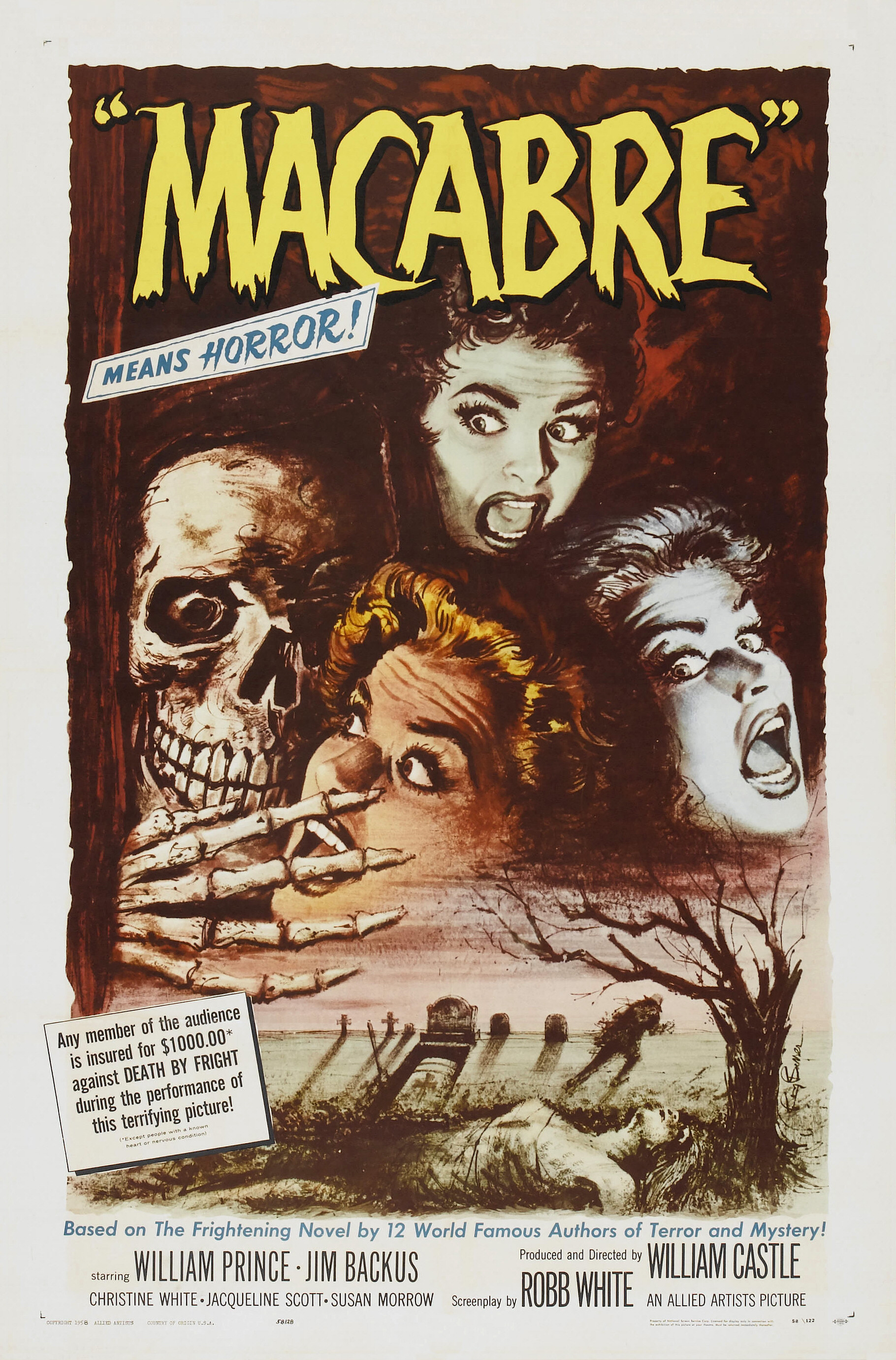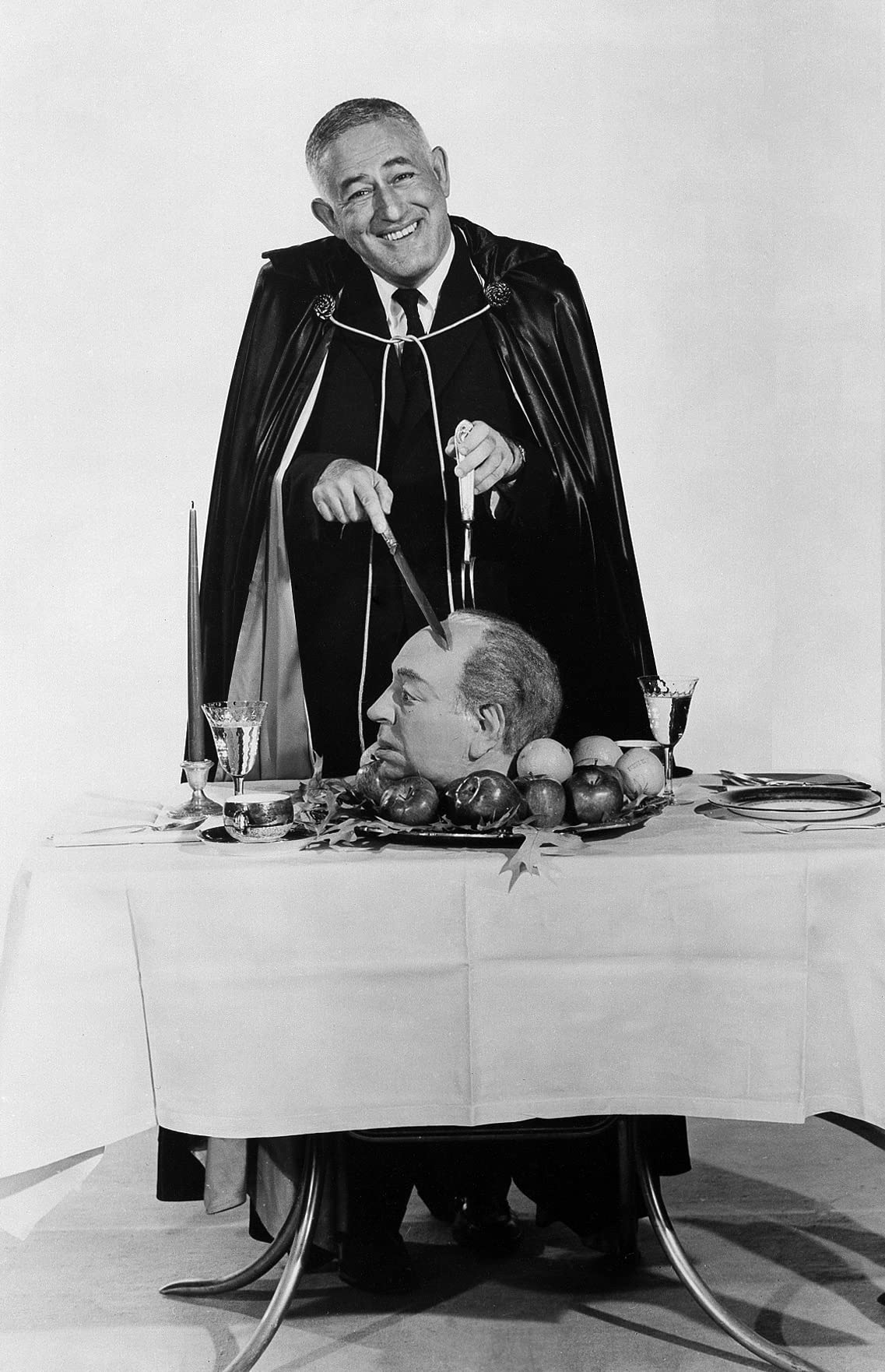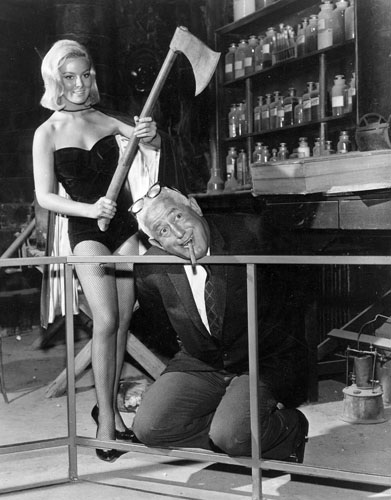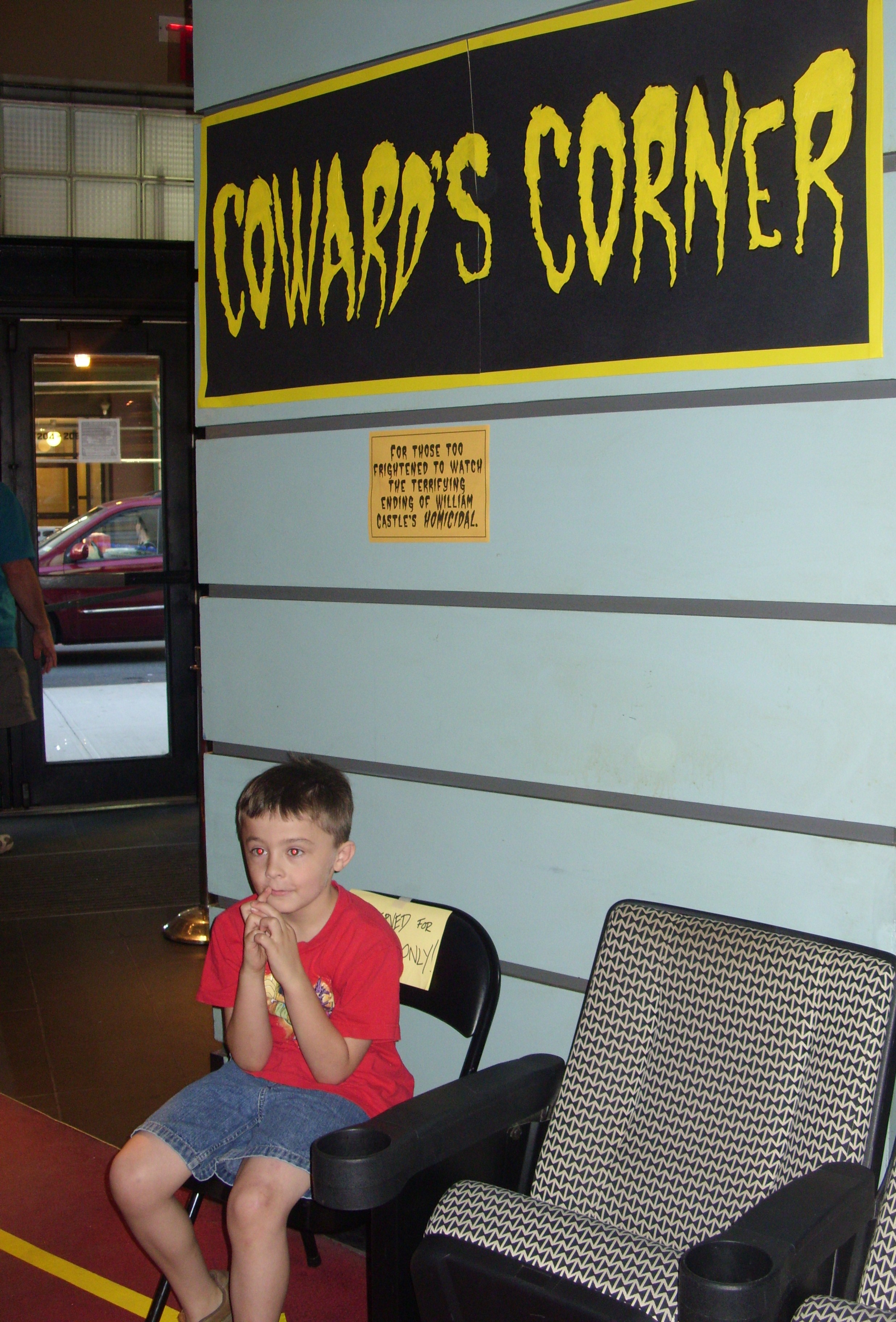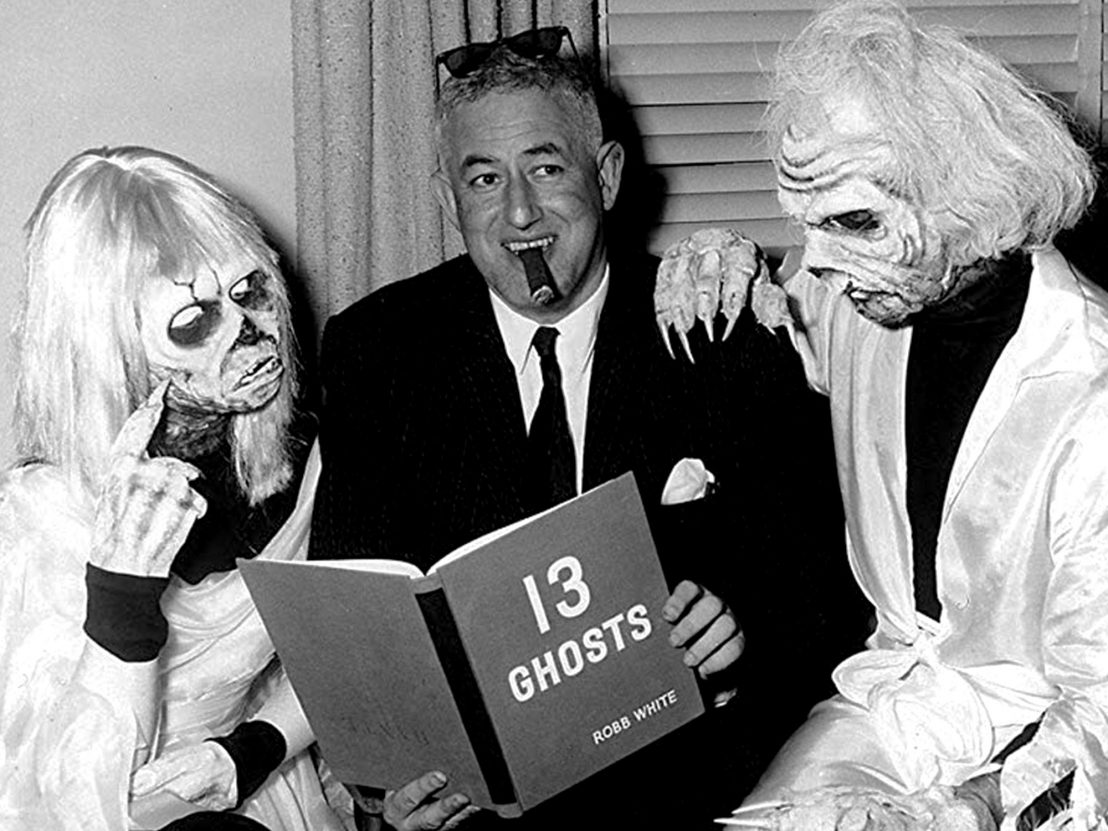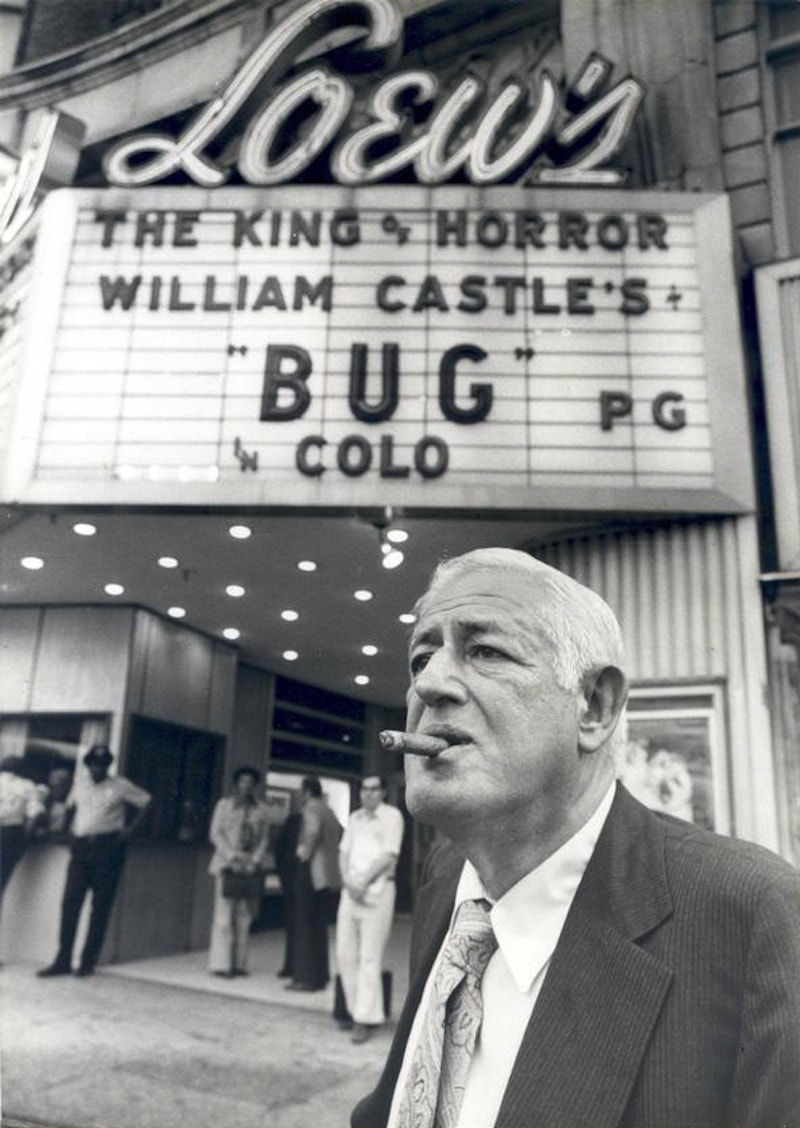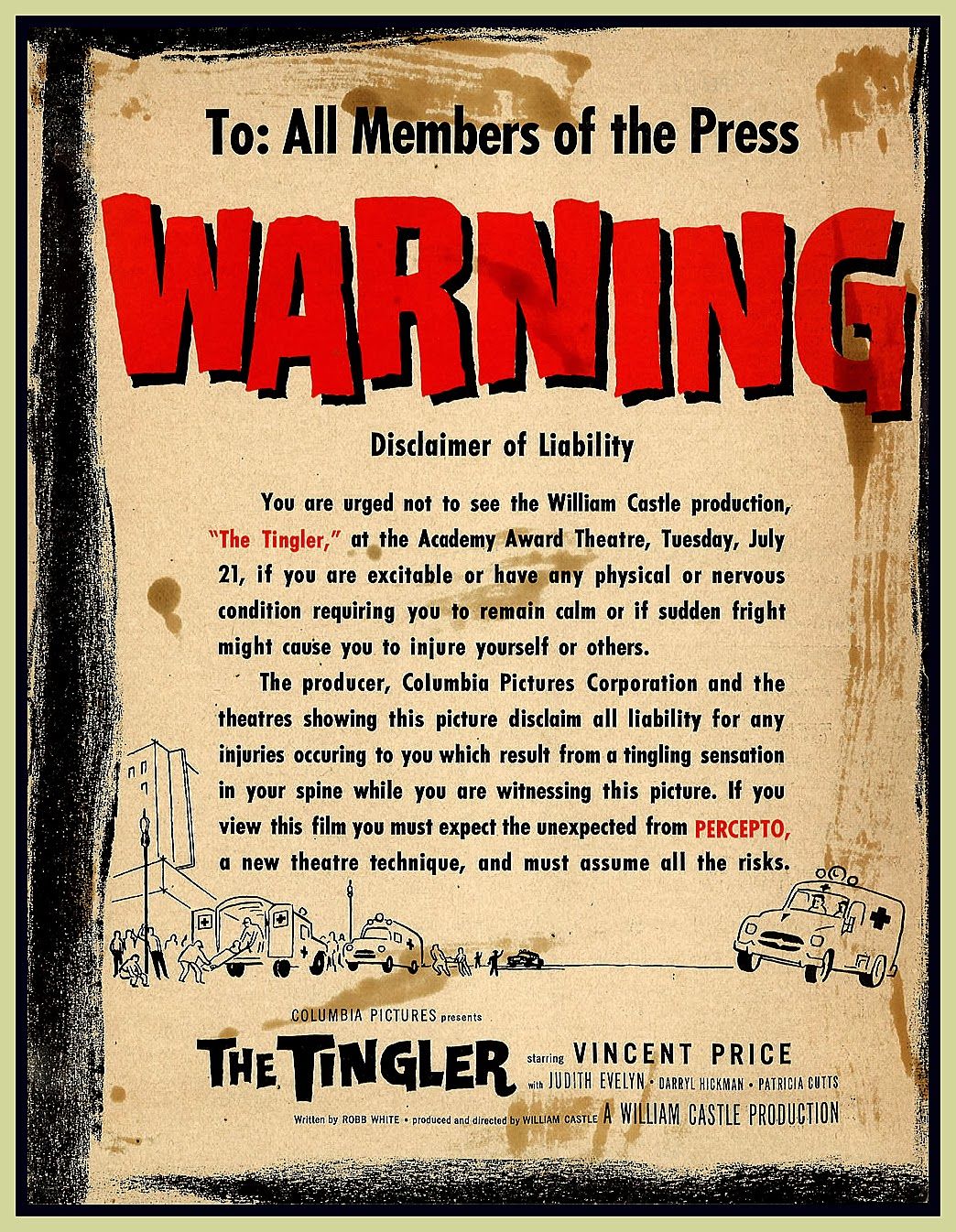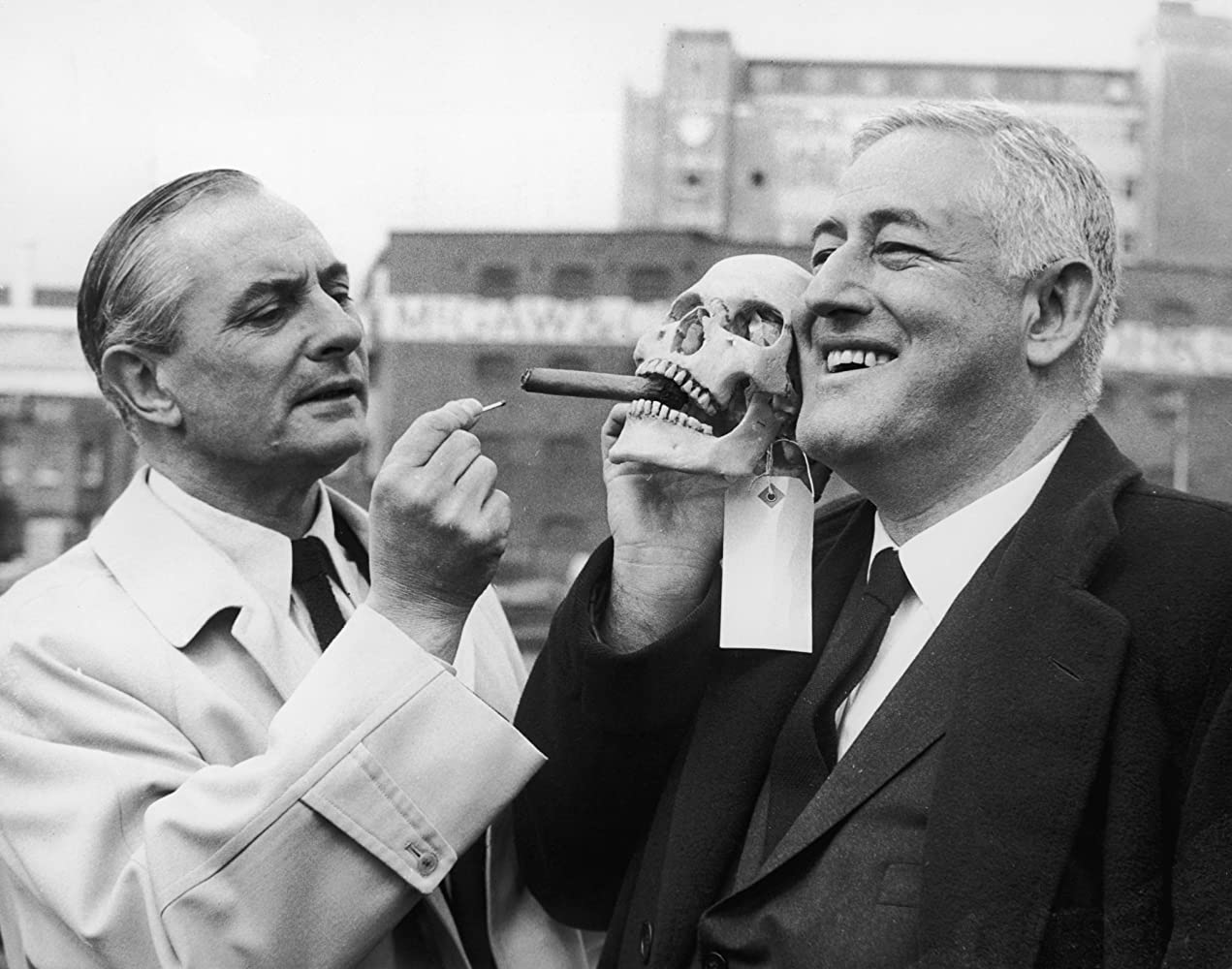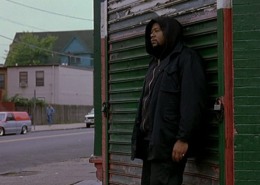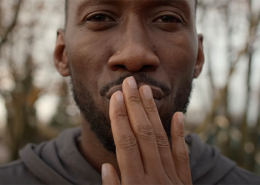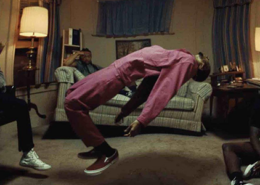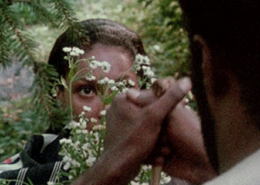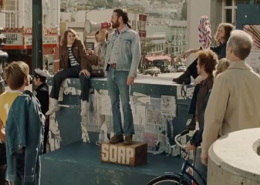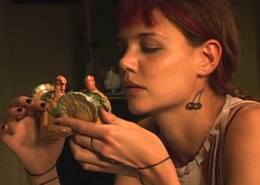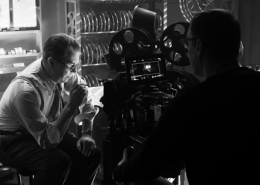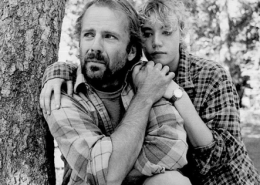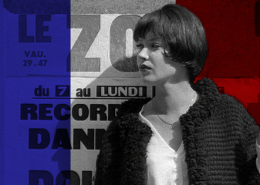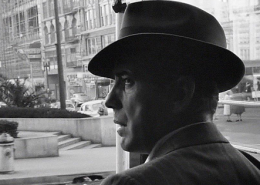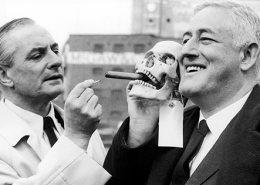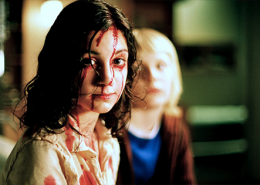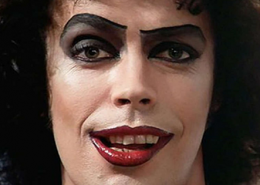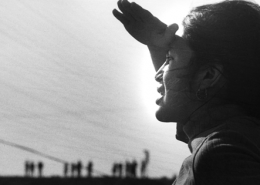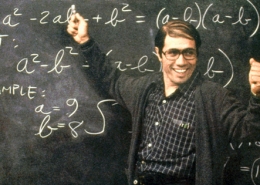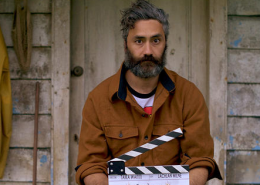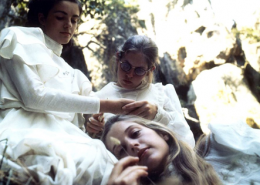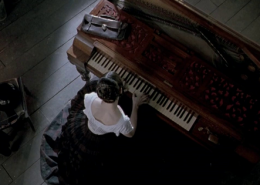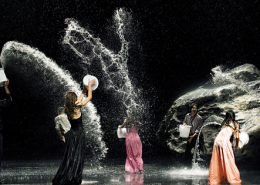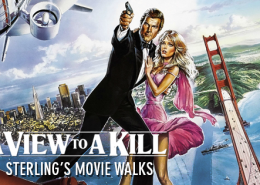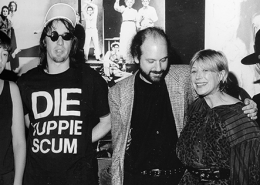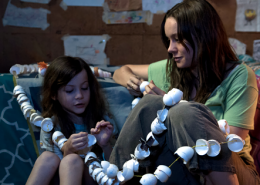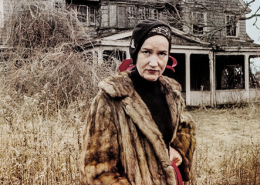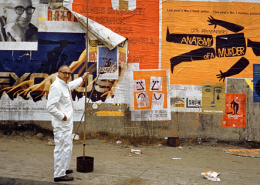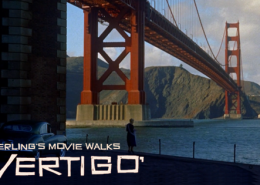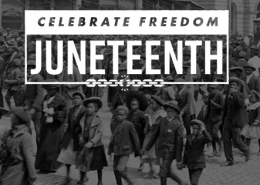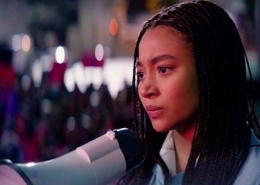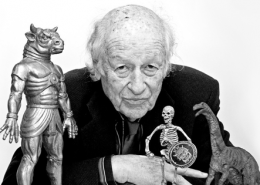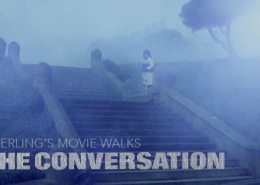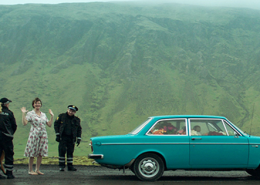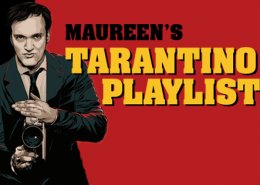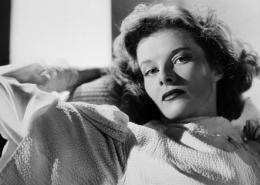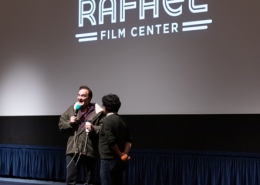As we all continue to hunker down with our television sets and grapple with a major pandemic and critical election, it might be fun this Halloween season to remember one filmmaker who brought excitement to the very act of visiting a movie theater. William Castle (1914-1977) produced and directed many modestly budgeted films starting in 1939, but it was Macabre in 1958 that set the tone for his fame and fortune.
For Macabre, Castle took out a policy with Lloyd’s of London insuring all ticket buyers for $1,000 in case they died of fright. He garnished this theme with hearses parked outside the theater and fake nurses stationed in the lobby. The huge success of Macabre set the ball rolling for the kind of subject that would become his specialty.
The film’s impressive box-office performance didn’t escape the notice of Alfred Hitchcock, who was coming off the big-budget production North by Northwest and following it with the modestly budgeted, black-and-white thriller Psycho. Hitchcock devised a Castle-like promotion for Psycho with the advertised rule “No one will be admitted after the start of each performance.” The result was Hitchcock’s most profitable release.
Comparisons between Castle and Hitchcock don’t stop there. At that time, very few film directors could be considered household names, but Hitchcock became one, thanks in large part to Alfred Hitchcock Presents, which started broadcasting in 1955 and featured him as the droll onscreen host. This recognition factor prompted Hitchcock to appear in his movies’ trailers (aka the previews of coming attractions). Castle emulated this idea and appeared in his own trailers. If Alfred Hitchcock was the Master of Suspense, William Castle could be the Master of the Macabre.
Castle’s next two features are probably his most famous, and in actor Vincent Price he found a game and spirited collaborator for both. In House on Haunted Hill, Price plays a wealthy man who rents a “haunted” house for his duplicitous wife’s party. (The house’s exteriors represent a fascinating casting choice: Frank Lloyd Wright’s Ennis House.) The 3-D craze of the early 50s was probably still in people’s memory, when Castle promoted the film as being in a new process called Emergo, and for initial theatrical presentations, a plastic skeleton “emerged” and floated over the audience at a particular moment that mirrored the onscreen antics.
Also released in 1959, The Tingler featured another “special process,” which Castle called Percepto. Aside from sequences employing red tints (on black-and-white film) to represent blood, the masterstroke of Percepto was encompassed in one unforgettable scene. In the movie’s outrageous premise, the “Tingler” is a lobster-like creature that exists in everyone and attaches itself to our spinal columns. It feeds on fear and can only be defeated by screaming your head off.
In the movie, the Tingler invades a movie theater and attacks the onscreen projectionist. When the screen goes black, Vincent Price calls out to the movie audience, and by extension to us:
“Ladies and gentlemen…Scream for your lives! The Tingler is loose in this theater!”
At that moment in the show, the projectionist would push a button that buzzed selected seats that had been rigged to “tingle,” inducing screams from the actual audience.
The Tingler was a popular success, and for Castle there was no turning back. 13 Ghosts had “Illusion-O,” which involved a “Ghost Viewer” with red and blue filters so that audiences could see (or unsee) the ghosts. Castle himself appears in Mr. Sardonicus (1961) to interrupt the narrative and conduct the “Punishment Poll” deciding the title character’s fate. It’s fun to watch Castle perform, even though it’s apparent an alternative ending never really existed.
Homicidal (1961) was Castle’s response to Psycho, and he instituted a “Fright Break” at the climax for people to get a full refund if they were too afraid to finish the movie. When Castle discovered that some thrifty audience members were sitting through the entire movie and then leaving for their refund during the following screening, he devised a literal perp walk for any people who wanted their money back. To redeem the money-back guarantee, one must follow yellow footprints and a yellow light to the “Coward’s Corner” and endure public humiliation.


